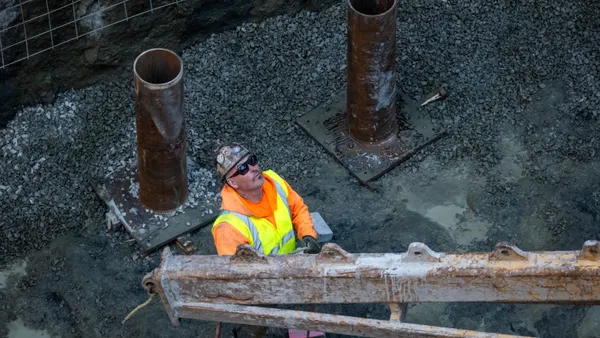Dive Brief:
-
In several of the hottest markets, construction is up in the city center but down in the suburbs, The Wall Street Journal reported. The apparent reversal of the recent trend toward outlying areas is driven by young people — who can afford it — flocking to cities where they can be near transportation, family, employment and entertainment.
-
In the 10 most expensive and densely populated U.S. cities, the number of new home sales within 5 miles of the center has surpassed 2000 levels, one marker of economic health. Yet 10-plus miles outside the city, the figure is 50% below 2000 levels.
- Exurban starter homes are doing well in cities with cheaper land and fewer restrictions. Projects built in urban areas tend to be in the move-up market. Easing land-use restrictions could help support entry-level homes.
Dive Insight:
Though The Journal claims that big cities are a draw for young people, other recent reports show an opposite perspective, with millennials moving to the suburbs in significant numbers in search of more affordable housing options, spurring growth in development there.
Nearly half of millennials currently live in the suburbs and 20% live in rural areas, according to a recent Zillow study, which asked 13,000 U.S. residents between the ages of 18 and 75 about their housing setup. This comes as population counts fell in major cities and grew in lower-density suburbs at their fastest rate since the recession during 2016, according to FiveThirtyEight.
A December 2016 report from the Urban Land Institute’s Terwilliger Center for Housing found that the suburbs of the 50-largest U.S. cities made up 79% of the greater metro areas’ population count and 91% of their population growth from 2000 and 2015. Three-quarters of residents aged 25 to 35 lived in the suburbs.
Meanwhile, the gap between demand for and availability of entry-level homes is widening. In the first quarter of 2017, starter-home inventory fell 8.7%, according to Trulia, as housing inventory overall reached historical lows. Builders are responding with single-family detached and townhome products targeting new, entry-level buyers and are placing many of them in suburban communities that offer walkability or transit access to nearby resources and social activities.













